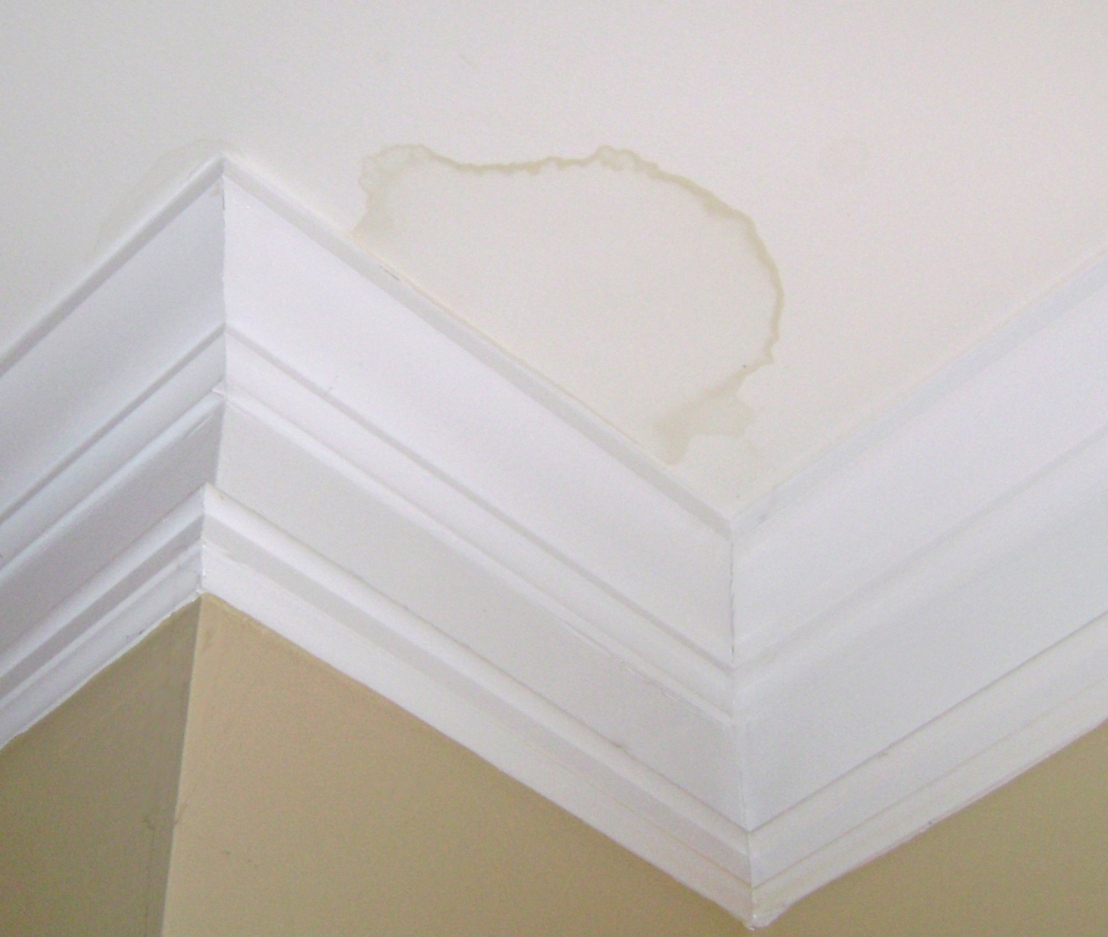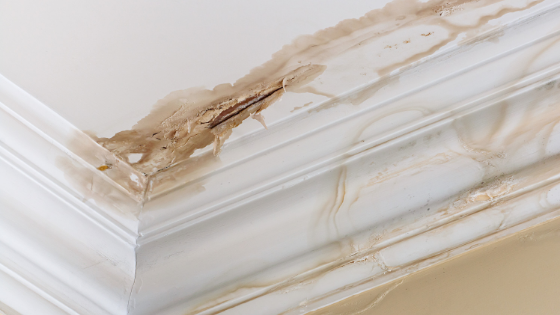Stains from Water on Walls: Assessing and Fixing Approaches
Stains from Water on Walls: Assessing and Fixing Approaches
Blog Article
This great article listed below on the subject of How to Remove Water Stains from Walls and Ceilings is fairly stimulating. Don't miss out on it.

Water discolorations on wall surfaces are not enjoyable to the eyes. Your house ought to lack stains on the wall surfaces, roof, or floors. That is the ideal state of a residence and also its structures. Often it appears almost inevitable to experience water spots on walls in homes.
House owners living in humid areas constantly take care of the concern of water discolorations on walls. However that doesn't have to hold true for you. With well-shaped and accurate info on the reasons for water discolorations and prompt repair service processes, you will constantly be an action ahead of such events. So, this post assures to be a valuable guide for you.
3 Typical Sources Of Water Stains on Wall Surfaces
As opposed to common belief, water discolorations on wall surfaces do not constantly stem from poor structure products. There are a number of reasons for water stains on wall surfaces. These include:
Poor Drain
This will protect against water from seeping right into the wall surfaces. This web links to extreme moisture that you notice on the wall surfaces of your structure.
The leading reason of damp wall surfaces, in this case, can be an inadequate water drainage system. It can likewise result from inadequate administration of sewer pipelines that go through the building.
Moist
When warm wet air meets dry cold air, it triggers water beads to base on the wall surfaces of buildings. When there is steam from cooking or showers, this takes place in restrooms and also cooking areas. The water droplets can stain the surrounding walls in these parts of your home as well as infect various other locations.
Moist or condensation affects the roofing system and wall surfaces of structures. This creates them to show up darker than various other areas of the home. When the wall is wet, it produces a suitable setting for the growth of microbes and fungis. These might have unfavorable results on health and wellness, such as allergic reactions and also respiratory conditions.
Pipe Leaks
A lot of residences have a network of water pipelines within the walls. It constantly boosts the stability of such pipes, as there is little oxygen within the walls.
A drawback to this is that water leak influences the walls of the structure and triggers prevalent damages. An indicator of damaged pipes is the look of a water tarnish on the wall.
Water Discolorations on Wall: Repair Work Tips
House owners would usually desire a quick fix when handling water stains. Yet, they would soon recognize this is detrimental as the water stains recur. Below are a few valuable suggestions that will certainly lead you in the repair of water discolorations on walls:
Pro Suggestion
A houseplant in your house also enhances its humidity. So, if your house is currently damp, you might wish to present houseplants with very little transpiration. An example of appropriate houseplants is succulents.
Conclusion
Although no person intends to have water stains on walls in their residence, it can occur to the best of us. This post offers you utilize, as you currently recognize just how to manage this mishap if it does occur.
It is constantly best to recruit specialist solutions to help take care of the damages in your home.
Often it seems virtually unpreventable to experience water stains on walls in homes.
In contrast to prominent idea, water discolorations on wall surfaces do not constantly stem from poor structure products. There are a number of reasons of water stains on walls. The water beads can tarnish the bordering walls in these components of your home as well as spread to other locations.
Below are a few valuable tips that will certainly guide you in the repair of water spots on wall surfaces:
CHECKING FOR WATER DAMAGE
Water damage can be costly, and it may begin before you even notice the first signs of trouble. Water damage can cause mold and mildew in your walls and floors, which can create an abundance of health concerns for your family. It can also lead to costly repairs of various appliances and general home fixtures. To avoid the pricey consequences of water damage, here are Warner Service’s top 5 places you should check:
The walls – The easiest place to spot the beginnings of water damage is on the walls and ceilings of your home. If water damage is present, there will most likely be water stains, especially around the windows and doorframes, and/or cracks in the drywall. If a stain looks unusual (discolored to brown, black or gray, raised texture), has a swollen appearance or is soft to the touch, contact a professional immediately. The pipes – To avoid water damage, consistently check the pipes in your kitchen (especially the dishwasher and ice maker), bathrooms, laundry room (specifically washing machines) and basement for corrosion, leaks and water stains. Pay special attention to where the pipes connect in your home and the location of caulking around the bathroom fixtures, including toilets, sinks, showers and tubs. Missing or loose caulking and grout could be signs of leaking water. This seepage can also quickly cause mold and rust, so double check your water heater and tank for wet spots on the floor. The floor – Water damage is very easy to spot on the floor. Look for any warping or buckling of the material, especially in the basement. If your home has wood flooring, look for bright white or dark stains. If your home has carpeting, keep it dry and clean. A damp carpet that smells of mold could cause water damage and health problems. To avoid this, consider installing floor pans under your appliances to help prevent damages from small, slow and undetected leaks. The basement and attic – If your basement or attic smells odd check for mold and mildew around the area, especially the valley where the roof meets. While you are inspecting those areas, check for wall cracks, floor stains, rust and dampness in the insulation. If you live in a colder and/or rainier climate, perform routine checks for water damage from melting snow or ice and rain. The exterior – Check the roof for damaged flashing and missing, cracked or curled shingles. There should also be no standing water anywhere outside your home. This could be caused by puddles, leaky rain gutters or hoses, poor drainage, or short gutter spouts. Invest in a sump pump system or water flow monitoring system, and perform routine maintenance on these outdoor appliances to avoid indoor water damage.

As a person who reads on How to Find and Repair Water Leaking in the Wall, I think sharing that piece of content was really helpful. Appreciated our article? Please share it. Help someone else find it. Thanks so much for taking the time to read it.
Immediate plumbing assistance for emergencies. Report this page